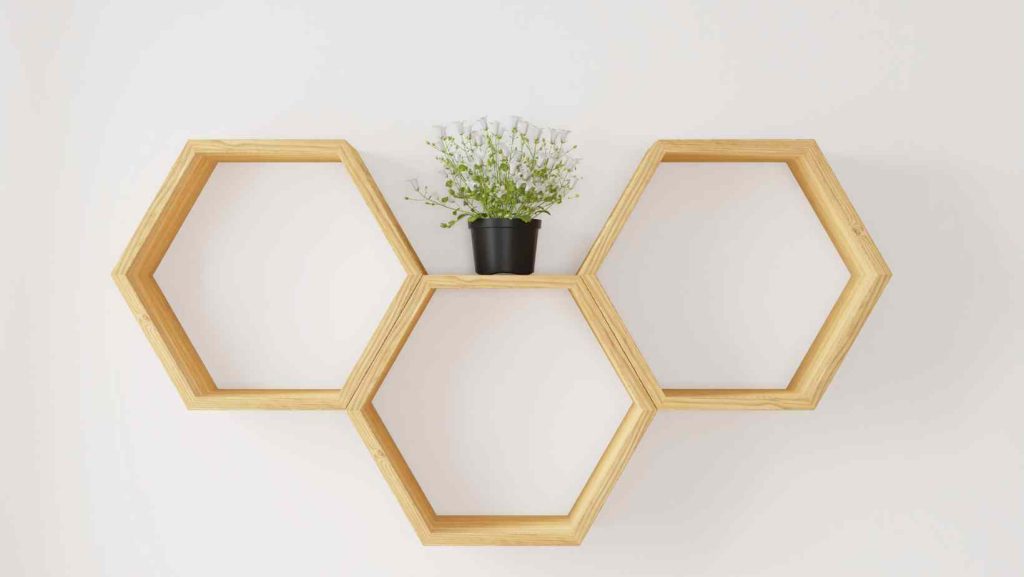Hexagons, with their unique six-sided shape, have captured the imagination of mathematicians, scientists, and designers for centuries. In this blog post, we will delve into the intriguing world of hexagons and uncover why they are often regarded as the bestagons. From their inherent efficiency to their prevalence in nature and human creations, hexagons boast fascinating qualities that make them truly remarkable. Join us as we explore the reasons why this shape stand out among polygons.
Table of Contents
The Efficiency and Stability of Hexagons
Hexagons are known for their exceptional efficiency in terms of space utilization and structural stability. The regular hexagon, with all sides and angles equal, offers the maximum area for a given perimeter. This property is highly advantageous in various applications, including architecture, engineering, and packaging design.
The Prevalence of Hexagons in Nature
- Honeycomb Structures: Hexagons are prominently found in honeycomb structures created by bees. Bees instinctively construct hexagonal cells for storing honey and raising their young. The hexagonal shape provides optimal space utilization and structural integrity, maximizing storage capacity and minimizing material usage.
- Geological Formations: Hexagonal patterns are observed in natural formations such as basalt columns and snowflakes. These formations occur due to the unique crystalline structures and physical forces acting upon them. The hexagonal symmetry in these natural phenomena is a testament to the inherent stability and efficiency of this shape.
Hexagons in Human Creations
- Engineering and Architecture: Hexagons are commonly used in engineering and architectural designs for their strength and stability. Examples include hexagonal nuts and bolts, as well as the hexagonal grid structures used in bridges, stadiums, and other large-scale constructions.
- Design and Aesthetics: Hexagons are frequently incorporated into various design disciplines, including graphic design, interior design, and product design. The symmetrical and visually pleasing nature of this shape makes them a popular choice for creating visually striking patterns, shapes, and structures.

Practical Applications and Advantages of Hexagons
- Packing Efficiency: The compact nature of hexagons allows for efficient packing of objects, such as cells in a beehive or tiles on a floor. This property is advantageous in various industries, such as manufacturing, transportation, and storage, where maximizing space utilization is crucial.
- Strength and Stability: The inherent stability and load-bearing capacity of this shape make them ideal for creating robust structures. This quality is highly valuable in industries like aerospace, automotive, and construction, where structural integrity and weight optimization are critical factors.
- Aesthetics and Visual Appeal: Hexagons offer a visually appealing and harmonious aesthetic. Their symmetrical and repetitive patterns create a sense of order and balance, making them a popular choice in design, art, and branding.
Conclusion
Hexagons, with their efficiency, stability, prevalence in nature, and wide range of practical applications, truly earn the title of “bestagons.” From honeycomb structures to engineering marvels, hexagons showcase remarkable qualities that make them stand out among polygons. Whether in nature, human creations, or various industries, hexagons continue to captivate us with their inherent beauty and functionality. Embracing the versatility and advantages of this shape opens up endless possibilities for innovation, design, and problem-solving.






